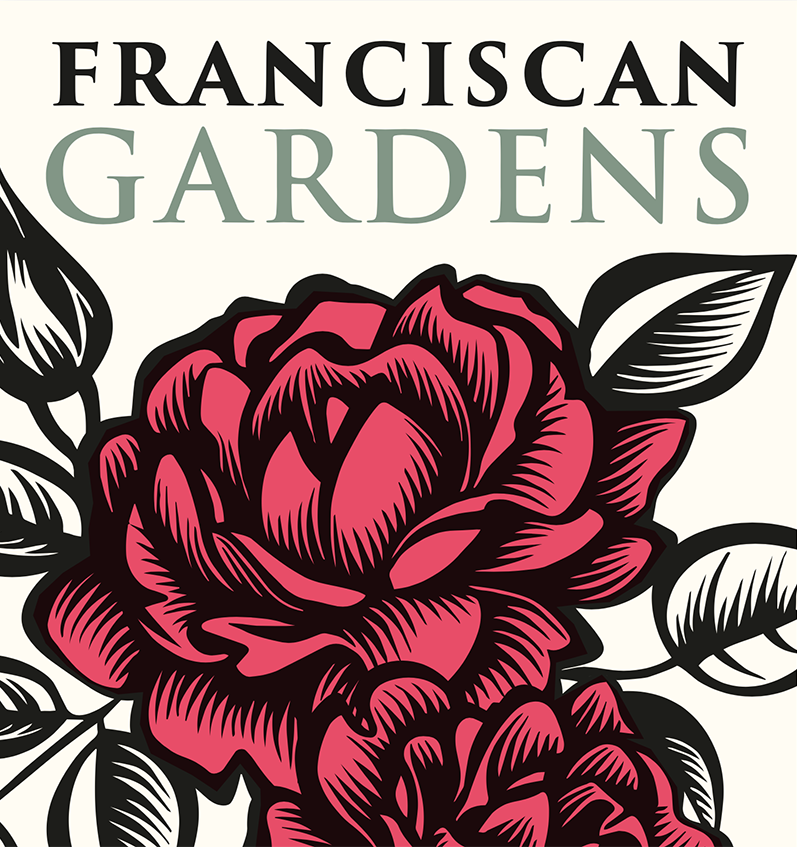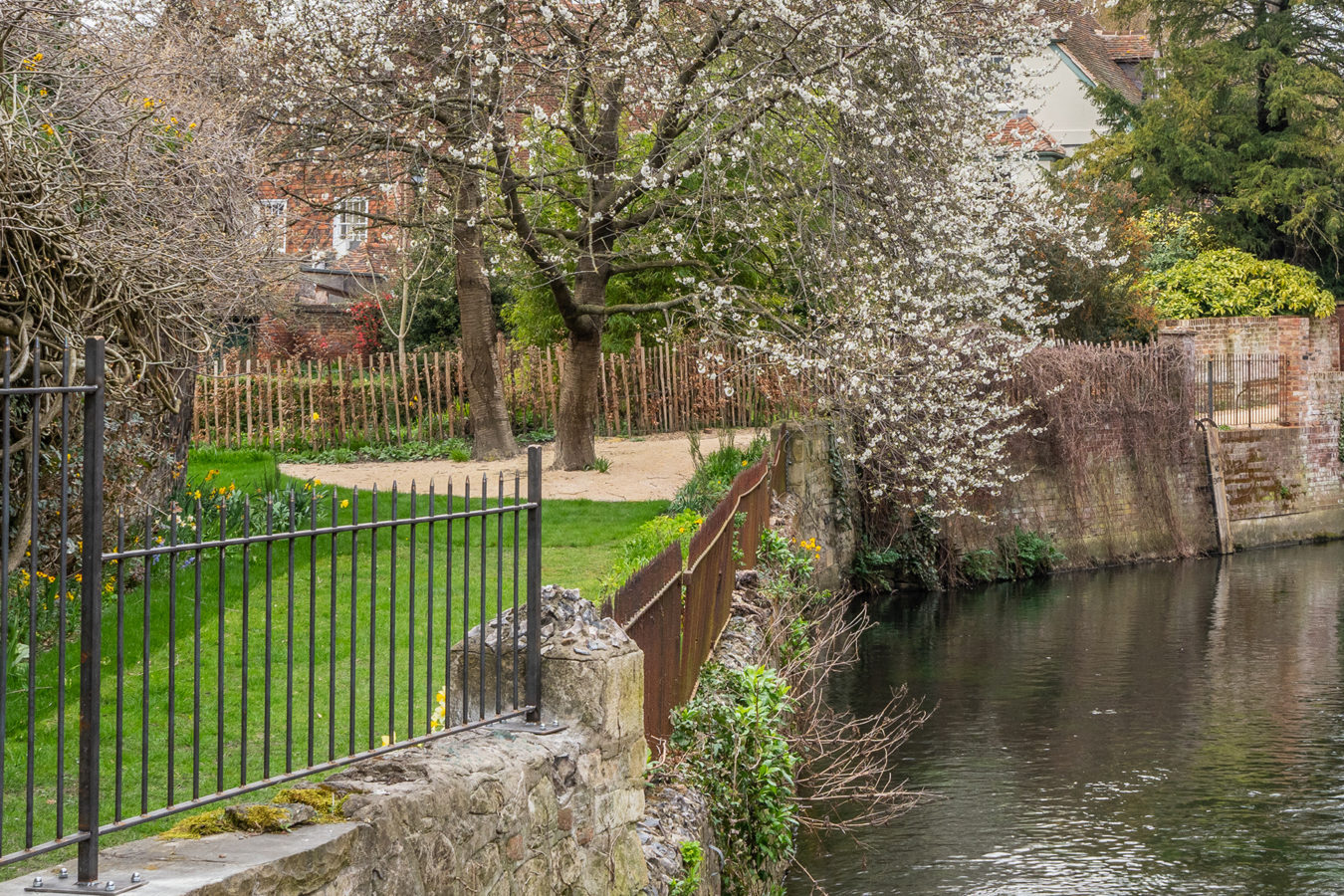The History of the Franciscan Gardens
Garden History
The original Franciscan garden would have functioned both as a practical place to grow what was needed as well as a place of spiritual contemplation. A key part of a Friar’s training would have been a comprehensive understanding of plants and their different uses: for cooking, medicines, perfumes, dyes and construction. Connecting with the changing seasons and marking the important religious festivals meant plants would have been used symbolically in the gardens and to decorate the altar of the once standing St Francis Chapel.
The Friars’ Mediterranean roots would have been readily seen, with Olive trees, Myrtle and Hyssop. Fragrant Rosemary would have scented the air evoking Assisi, the Italian commune the Franciscans had originated from, and reminded them of the sacred purpose St Francis had set them on. The garden would have been an unexpected paradise in the centre of Canterbury.
Other monastic communities settled on the outskirts of Canterbury would have been likely to support these humble ‘Greyfriars’ with additional food, beer and prayer, whilst the Franciscan monks concentrated on herbs, perfumes and medicinal plants to restore the sick and poor to health both physically and spiritually.
The Franciscan’s connection and respect for nature runs throughout these gardens. We honour this legacy today by running the garden on organic principles and choosing planting, like the wildflower meadow, which will benefit nature.
Post dissolution (1538)
Even after the dissolution of the monastery in 1538, the site has continued to be used for garden and horticultural practices. For most of the 20th century, the site was used as a commercial flower nursery to supply the busy Canterbury market, reflected today by the cut flower section of the garden. Eminent Canterbury horticulturalists and plant experts were associated with the site during this time and it is hoped that in future some of the previous unusual collections can be restored in the cutting garden.
When the site was first acquired it was overgrown, with the walls and buildings in poor condition. Whilst the garden has come a long way, we are still working to develop and grow. In the future we are particularly keen to restore the original Victorian vinery, and the ancient wall it is attached to, and are looking at ways to raise funds for this important project.




